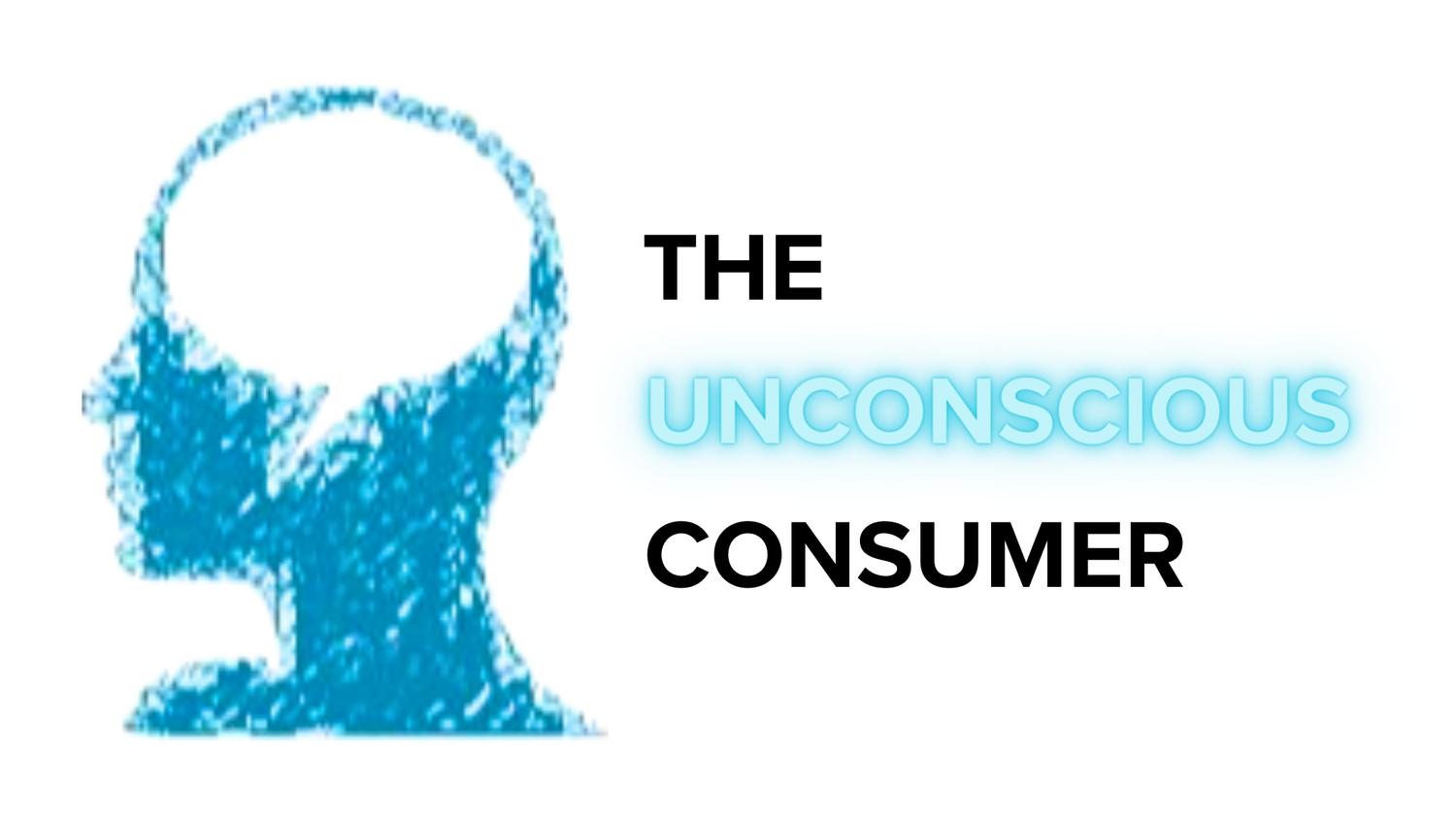The Transformative Potential of VisionOS: A Deep Dive into Apple's Spatial Revolution
In the realm of technology, each new year brings with it a wave of innovations that continually shape and redefine our digital experiences. 2024 is no exception, with the announcement of Apple's Vision Pro poised to make waves in the world of spatial computing. Leveraging a new frontier in operating systems—VisionOS—Apple's Vision Pro promises to redefine user experiences across a multitude of applications.
With a launch price of $3499, the Vision Pro is a premium offering in the spatial computing market, packing an impressive array of features into an elegant, compact design. It offers a digital experience that allows users to extend beyond their physical room dimensions and control their level of digital immersion.
But what sets the Vision Pro apart from its competitors is its operating system: VisionOS. This groundbreaking spatial OS provides an intuitive interface that bridges the gap between our physical and digital worlds, promising to revolutionize the way we interact with technology.
Unveiling VisionOS
VisionOS is Apple's foray into the spatial operating system domain, designed specifically for the Vision Pro. It presents a straightforward user interface that allows users to navigate through immersive, three-dimensional apps with ease. VisionOS supports interactions such as tapping, flicking, and voice dictation, making it feel intuitive and familiar to users despite its advanced capabilities.
Transformative Application Experiences
Media Consumption
The media consumption experience with VisionOS is set to break the mold of traditional screen limitations. The unique spatial operating system allows for a fully immersive viewing experience, where your entire field of view can become the display. This brings a whole new dimension to watching movies or viewing photos, offering the chance to step into a personal home cinema or walk through a virtual photo gallery.
For instance, a Netflix application on VisionOS could revolutionize binge-watching. Rather than being confined to a screen, viewers could be surrounded by their favourite shows, with characters and scenes coming to life around them. This would provide a more immersive and engaging viewing experience.
Productivity and Collaboration
VisionOS can also significantly enhance productivity and collaborative efforts. It has the potential to transform any space into an ideal workspace, providing easy-to-read text and life-sized virtual tabs. With VisionOS, you could open a spreadsheet on a virtual screen as large as your wall, or collaborate on a presentation with colleagues as if you were in the same room.
Consider a VisionOS integrated version of Microsoft Office. Currently, collaborating on a shared document involves a lot of back and forth, with changes tracked in the margins and conversation taking place via separate chat or email. With VisionOS, you could stand alongside your colleagues in a virtual space, making edits and discussing changes in real time, as if you were all gathered around a physical whiteboard.
Social Interaction
In the realm of social interaction, VisionOS ensures that users remain connected with the physical world while engaging in a virtual experience. You could sit in your living room and have a virtual meetup with friends or family members in different parts of the world, each represented by a Persona — a digital representation of themselves created using Apple's most advanced machine learning techniques. This allows for a more natural and immersive interaction than traditional video calls.
Moreover, imagine a social media app like Instagram or Snapchat integrated with VisionOS. Instead of scrolling through photos and videos on a flat screen, you could walk through a 3D gallery of your friends' posts, or watch stories play out in the space around you. It's a level of engagement and immersion that current technology simply can't match.
These are just a few examples of how VisionOS could transform the user experience across a range of applications. By merging the physical and digital worlds, VisionOS opens up endless possibilities for more immersive, intuitive, and engaging interactions with technology. But it will take time to see how developers and users take advantage of these new capabilities, and whether they can overcome the challenges of high costs and user comfort to bring about a true revolution in personal computing.
The Price Tag: A Barrier to the Revolution?
As we consider the remarkable potential of Apple's Vision Pro and its groundbreaking VisionOS, we cannot ignore the elephant in the room: the price. At $3499, the Apple Vision Pro carries a hefty price tag that could prove to be a significant barrier to widespread adoption. While the device offers a multitude of groundbreaking features and experiences, these come at a cost that many consumers may find prohibitive.
Mainstream adoption is a crucial aspect of truly revolutionizing user experiences. The true power of a technology like VisionOS lies in its ability to create a shared reality, a world where the lines between physical and digital blur not just for a select few, but for everyone. If the majority of people are unable to afford the Vision Pro, this shared reality remains a distant dream. Instead, we risk creating a digital divide, a world where the most immersive and intuitive user experiences are accessible only to those who can afford the high price of entry.
Furthermore, widespread adoption is not just important for users, but also for developers. It's the users who make a platform worth developing for. If only a limited audience can afford the Vision Pro, developers might be less inclined to invest time and resources in creating apps and experiences for VisionOS. This could slow the pace of innovation and limit the range of experiences available to Vision Pro users.
While there's no denying the innovative potential of VisionOS and the Vision Pro, the high cost of the device is a significant hurdle that Apple must address if it wants to revolutionize the user experience. Lowering the price to make the device more accessible would not only open up these transformative experiences to a broader audience, but it would also encourage more developers to contribute to the platform, leading to a richer ecosystem of apps and experiences.
The Vision Pro Challenge
In conclusion, while the Vision Pro and VisionOS represent a significant step forward in personal computing, the high price tag is a significant barrier that could limit their impact. Until this technology becomes more accessible, the revolution in user experience that they promise will remain out of reach for most people. It's a stark reminder that in the push for progress, we must strive not just for innovation, but also for inclusivity. Because a revolution that benefits only a select few is not a revolution at all.
Want to share your thoughts? Feel free to share them in the comments section below or on social media.










